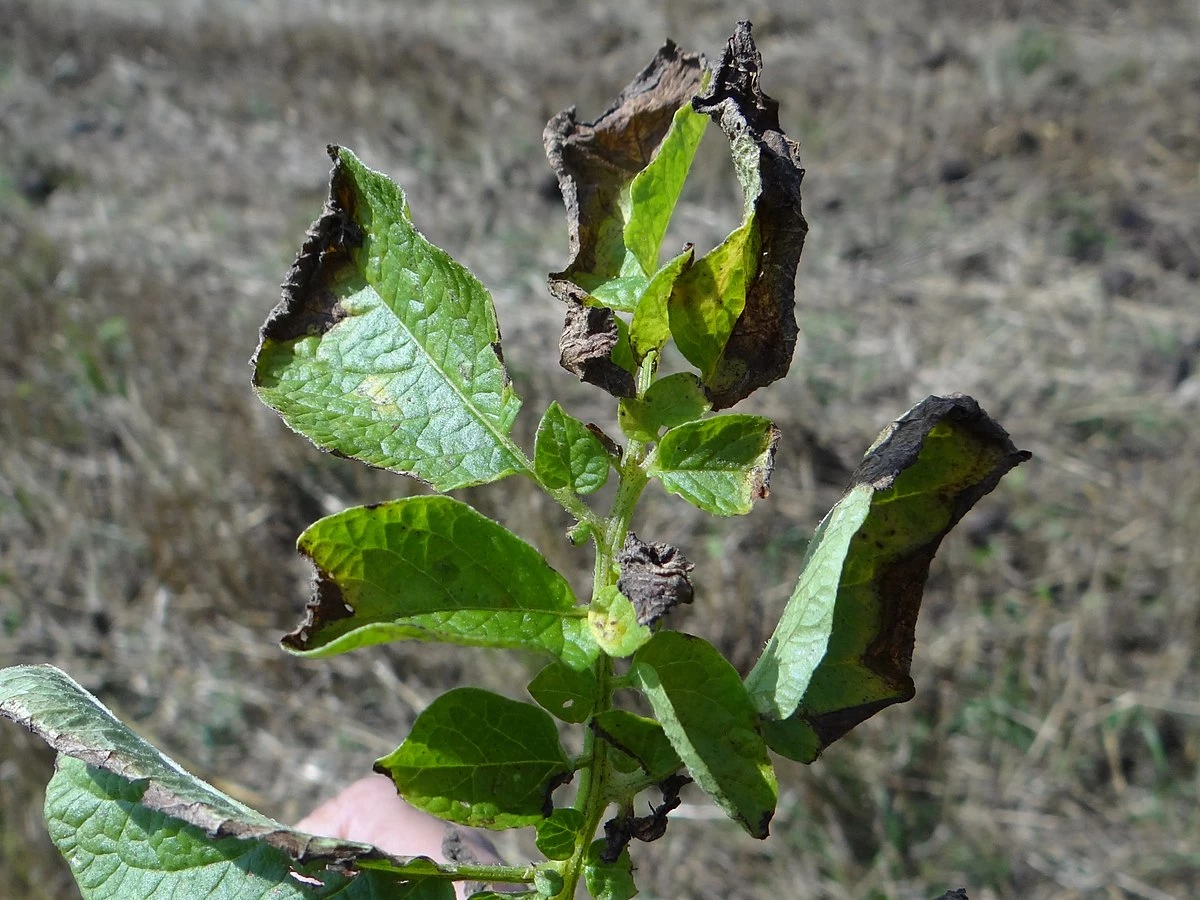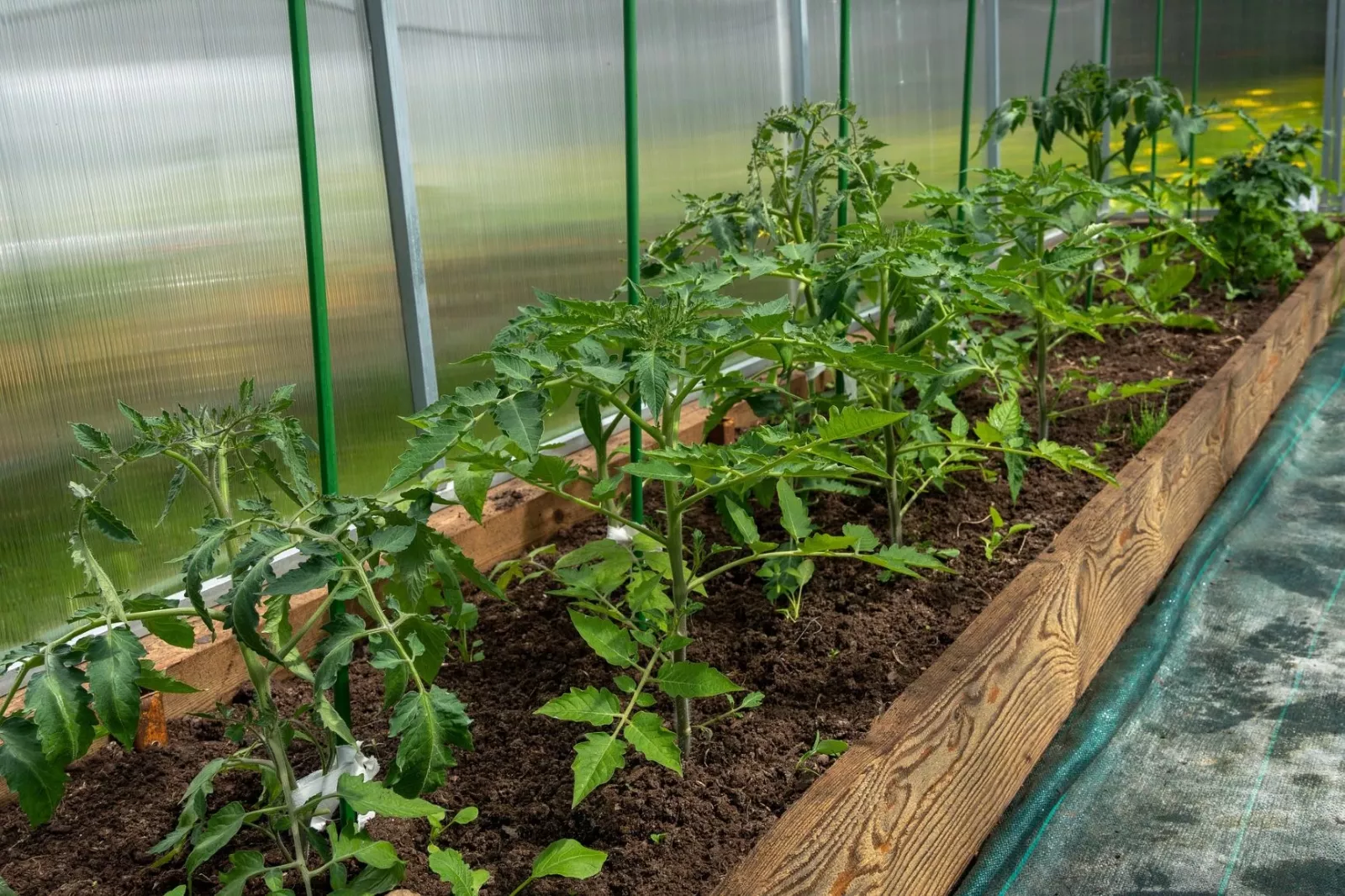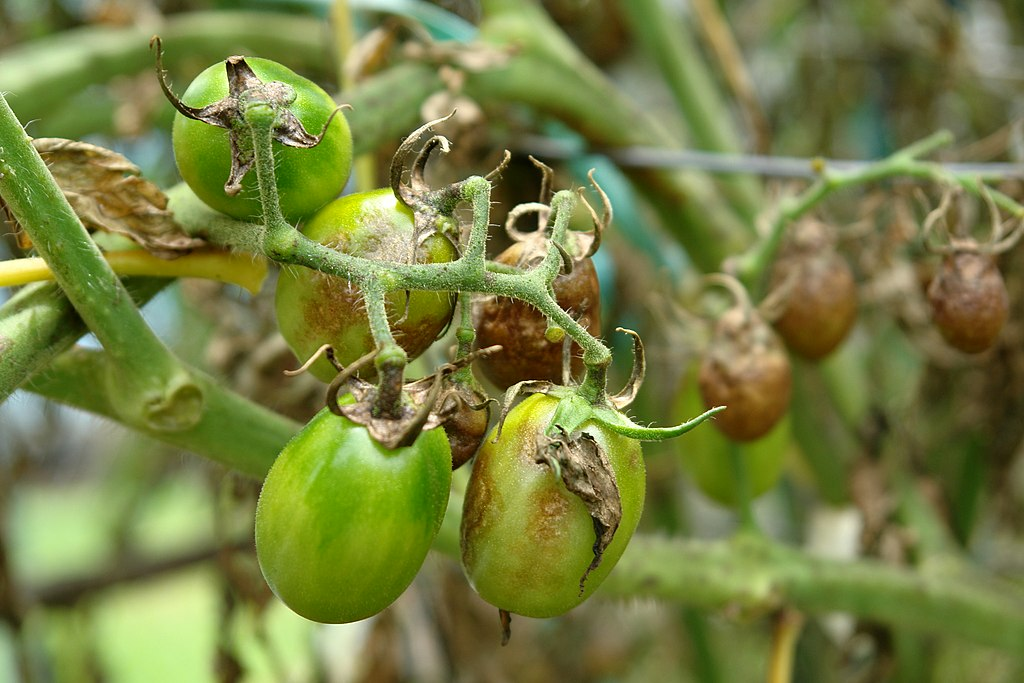Brown rot in the garden
Prevent brown rot
In this article, you will learn how to recognize blight on your tomatoes and what measures can help prevent it.
How can you recognize brown rot?

Olive-brown spots and a delicate, whitish lawn of spores form on the underside of the leaves. The brown spots spread over the leaves and stems. Over time, the leaves turn black, begin to wilt and eventually die. Brownish-black spots also form on the fruit. The tomatoes then become hard and rot.
Preventing late blight

- Place plants with sufficient spacing
- Water close to the ground to avoid splashing water
- Grow tomatoes under cover
- Plant hygiene (defoliation; treatment with horsetail tea, seaweed lime or rock flour)
- Use hardy tomato varieties
- Be vigilant!
What to do in case of brown rot infestation?

Infested plant parts such as leaves and fruit must be disposed of with household waste and should not be composted. All objects that are in contact with the tomato plants should also be disinfected (secateurs, sticks, climbing aids). Observe crop rotation and mixed cultivation: Potatoes can also be infected by Phytophthora, so be careful not to plant them directly next to tomatoes. Also choose a wide crop rotation for the susceptible plants so that no tomatoes or potatoes follow directly after each other.
